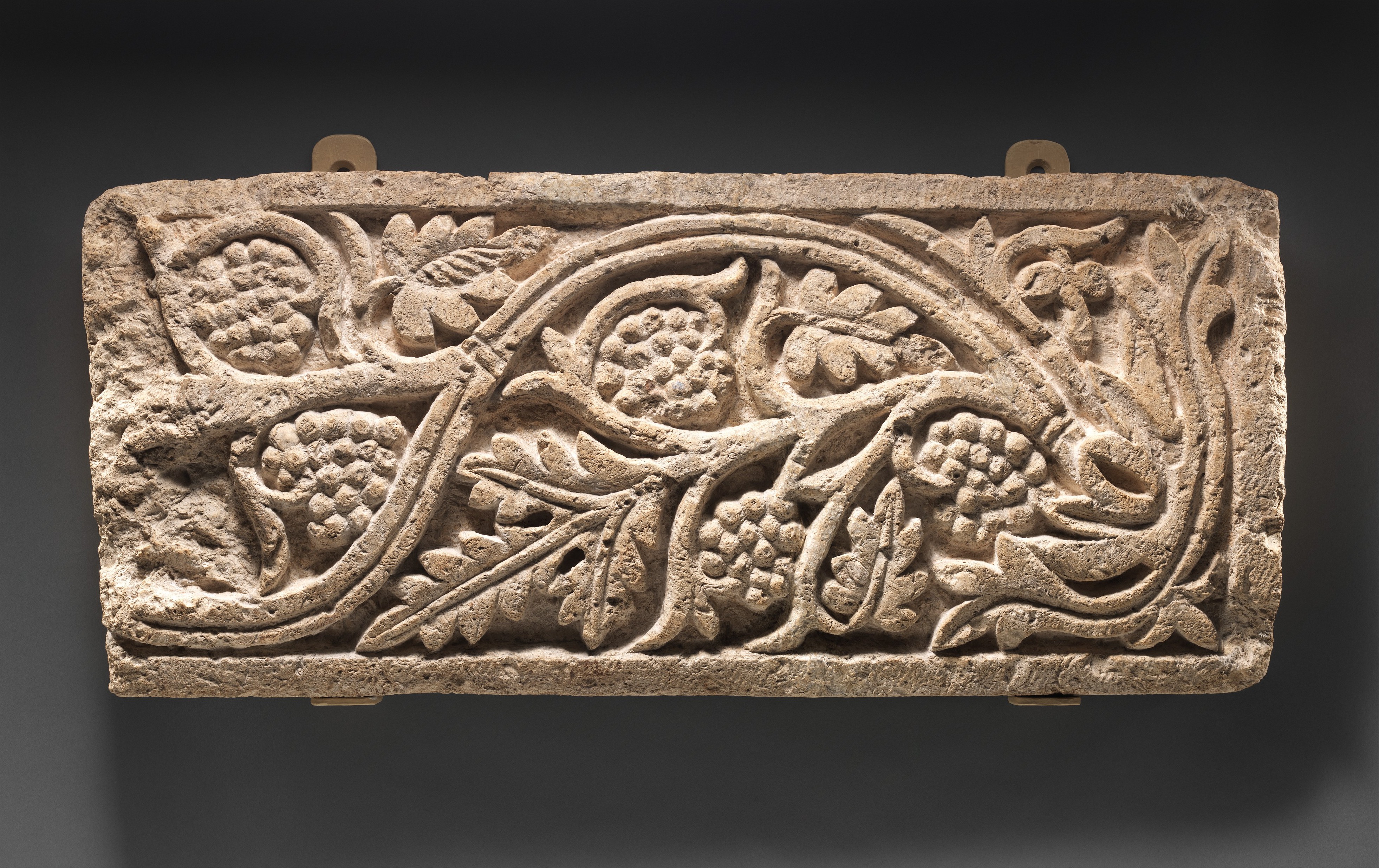Pattern, Color, Light: Architectural Ornament in the Near East (500–1000), Metropolitan Museum of Art, July 20, 2015–January 3, 2016
This exhibition features examples of architectural ornament from Egypt, Iraq, Syria, and Turkey that were found at sites ranging in date from approximately 500 to 1000. Few buildings from this period survive fully intact, but the pieces of walls, ceilings, and floors that remain shed light on the ingenious ways that artisans created sumptuous interiors and stately facades. Far from being mere embellishment, the decorative programs to which these pieces belonged were pivotal in creating memorable experiences for viewers, whether conveying the power of a patron or the depth of a religious concept.
The presentation includes objects from the departments of Islamic Art, Ancient Near Eastern Art, and Medieval Art and The Cloisters, highlighting interconnections between works that are traditionally displayed apart. While the Near East witnessed significant social and political changes during the period from 500 to 1000, including the rise of Islam and the collapse of the Sasanian Empire, the objects on display attest to the persistence of certain artistic ideas across religious and political boundaries. These include the use of an established repertoire of vegetal and geometric patterns to enliven walls, the application of vibrant color schemes to architectural surfaces through polychrome painting and dyed textiles, and a fascination with bright, jewel-like materials such as polished marble and glass mosaic. These enduring aesthetic concepts, which informed architectural style for more than half a millennium, are explored further through the lens of the exhibition's three themes: pattern, color, and light.
